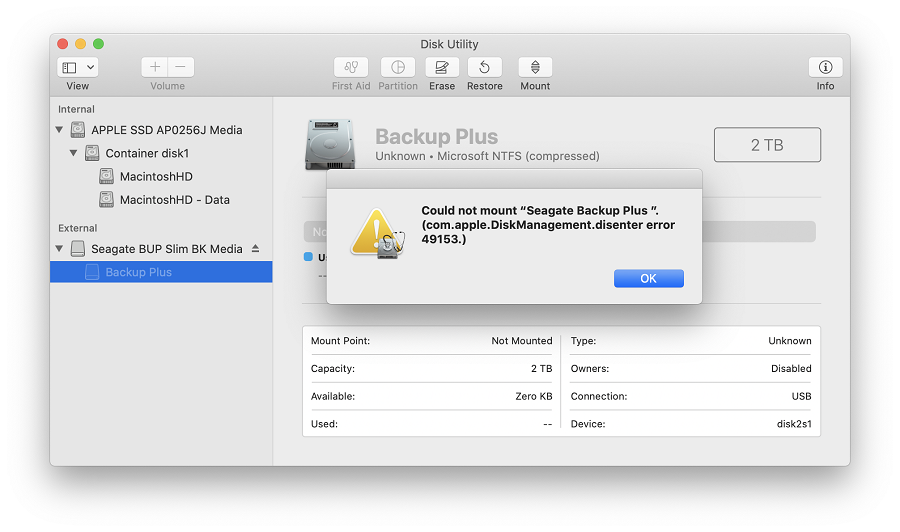
#FORMAT DISK WITH MAC OS X FOR WINDOWS MAC#
If you receive an error when trying to repair your drive using the command-line, then you might want to restart your Mac in recovery mode (using the Command-R key combination) and retype to repair command or simply use Disk Utility (might be easier for you using the GUI version). Even if it is commonly considered hard to use by some Mac users, the command-line is a very helpful feature and, if you have followed the guide, you should have your volumes fully repaired. ConclusionĪs the message from the terminal window says, you have successfully repaired your drive using the command-line version of Disk Utility.

Make sure you wait until the end of the process (you will receive the "Volume repair complete" message), no matter what, because, stopping it mid-way might damage the data on your drive. Disk RepairĪfter you determine the volume you need to repair, all you have to do is simply write this command (make sure you replace with the actual name of your volume): diskutil repairvolume /Volumes/įurthermore, if you want to repair your Mac's hard drive, then you can type diskutil repairvolume / If, instead of this message, the test returns a message like "The volume System was found corrupt and needs to be repaired", then it is time to start fixing the problem. Or, if you want to test, say, an external storage device that you named "Movies" and you are not in the Volumes folder in terminal your command should look like this: diskutil verifyVolume /Volumes/Movies/Īfter some time (depending on the size of the tested volume), a message will be displayed that will tell you of the current state of your drive (see image)Īs you can see, after I've tested my Mac's hard drive (named System), the message was "The volume System appears to be OK". In order to do that, you need to type the following command (make sure you replace with the actual name of your volume):: diskutil verifyVolume įor example, if you want to test your Mac's hard disk, you just need to type: diskutil verifyVolume / Now, it is time to verify your volume and determine if it needs to be repaired or not. If you have performed the previous step to view the connected drives, then you can skip the /Volumes part of the commands that will be presented below. The following commands are written in their general form (can be written right after starting the terminal, without accessing the Volumes folder in order to view the connected devices). Switched to Volumes Directory ls - this will list names of all the connected drives You can do that using two simple commands: cd /Volumes - this will change the active folder under terminal to your hidden Volumes directory Once you have done that, you need to check the names of the volumes that are currently connected to your system. The first thing you need to do is start Terminal (/Go/Utilities/Terminal). In this guide, I will show you how you can repair a disk on Mac OS X using the command-line.

This could come in handy in situations when you can't or don't want to use Disk Utility for some reason. However, this can also be performed using the command-line. Mac OS X comes with an easy-to-use application, called Disk Utility, that allows users to verify and repair hard disks using a graphical user interface and it is recommended for most Mac users that are not comfortable using the terminal.
#FORMAT DISK WITH MAC OS X FOR WINDOWS HOW TO#
How to Repair a Disk on Mac OS X from Command Line


 0 kommentar(er)
0 kommentar(er)
